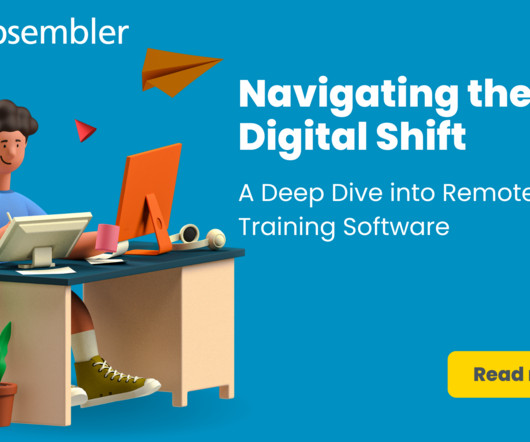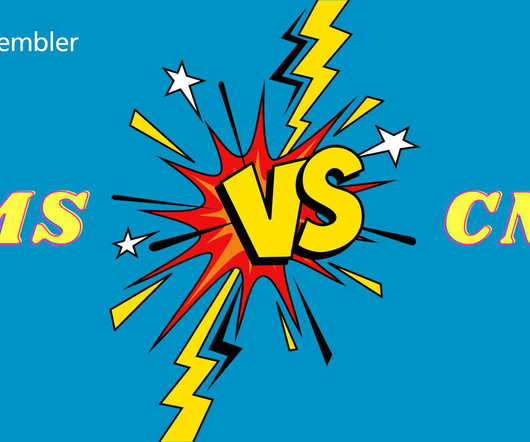A 6-Step Guide to Creating an Effective Online Course Structure for Higher-ed
Hurix Digital
OCTOBER 28, 2021
As an instructor, you need to remember that every student has a different learning style, and the course you design should appeal to all of them. Incorporate both synchronous and asynchronous eLearning styles. Synchronous learning can take place either in a physical classroom or virtually. Drop us a Note.
















Let's personalize your content